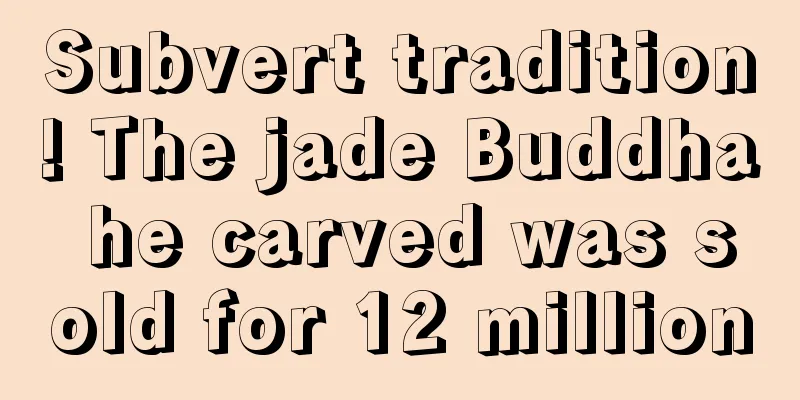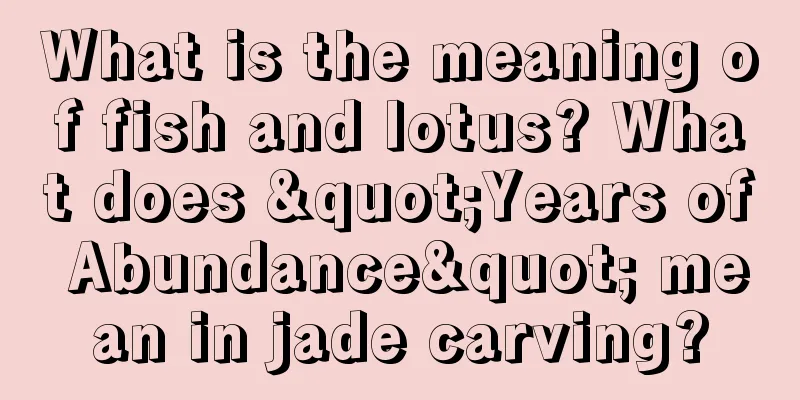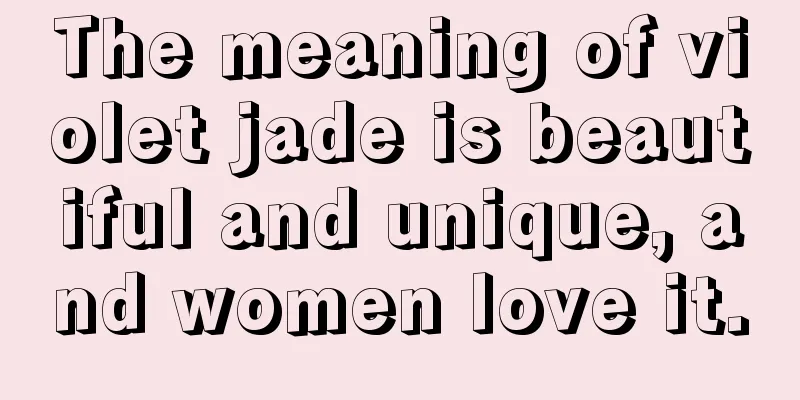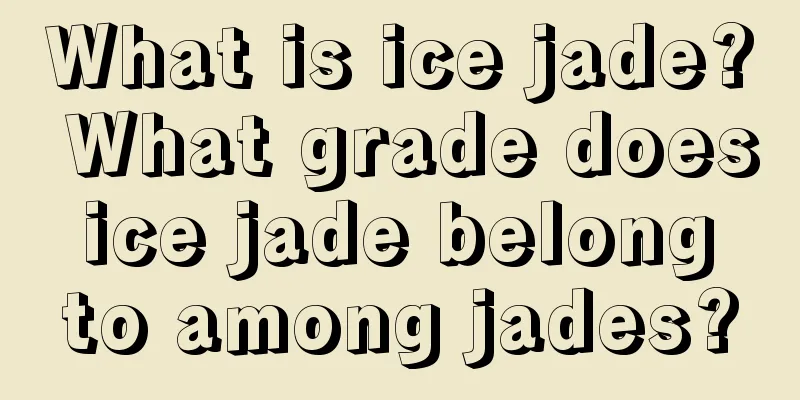Only high-end jadeite has the characteristics of luster, glue and hardness. Does the jadeite in your hand have these characteristics?
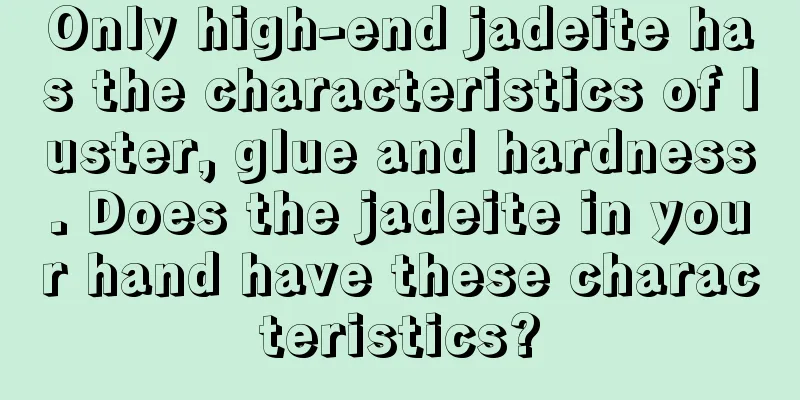
|
I believe that when friends are shopping in the market or in the live broadcast room, they often hear merchants say " This jade is shiny/gluey/hard, and the quality is very high! " But regarding the question of "how to judge whether jade is shiny/sticky/hard", it is estimated that most jade lovers would not be able to give a clear answer. So, today, following this article, we will systematically understand the luster, glue and hardness of jadeite! Although there is only one word difference between "qiying", "qijiao" and "qigang", the concepts are different! One thing that is certain is that only high-grade jadeite with an old species and fine texture will exhibit the above three optical phenomena! Qiying The lustre is caused by the fact that the particles inside the jade are arranged too neatly, which creates an uneven contrast of light and dark when light shines on it. Many friends tend to confuse "reflection" and "luster". For example, in the jade leaf in Figure 1, the part circled by the yellow circle is not fluorescent, but just reflective! The part circled in blue in Figure 2 is the real fluorescence! Has a strong contrast between light and dark! Glue The stickiness is caused by the irregular arrangement of particles inside the jade, which creates a glue-like stagnant feeling. If you rotate the jade under natural light, you will find that its surface has a sticky feeling, as if it is continuous. The piece of jade above has the typical characteristic of glue peeling. Doesn’t it look like a piece of bouncy jelly? Qi Gang The hardness mostly appears on old jadeite with tightly combined particles, presenting a cold, metallic light that is relatively strong. The luster of the jadeite above is obviously much stronger than that of jadeite with a shiny or sticky texture, and it appears sharp and hard. Most of the time, jade will only exhibit one of the three optical phenomena. However, there are very few jadeites that exhibit two optical phenomena at the same time. For example, the jade leaf in the picture above has both the glossy and sticky properties. Jadeite that is hard often also has a lustrous look. For example, the jade Buddha in the picture above has both a cool and sharp light and a soft, hazy feeling. But on the other hand, jadeite that is shiny may not necessarily be hard, which is related to the original growth environment of jadeite. Seeing this, some friends may want to ask: "Which one is the best, the one with gloss, the one with glue, or the one with steel?" To be honest, there is no superiority or inferiority among these three optical phenomena! No matter which phenomenon it is, it is a manifestation of the high quality of jade, and its collection value will definitely not be low. I wonder if the jade in the hands of jade lovers has the above-mentioned optical phenomena? Some friends can post photos in the comment section so that everyone can appreciate them together. fruit fcpf99 feicuibbs1 fcgc60 |
<<: How to identify whether a jade merchant is reliable? Spend less money
>>: Jade not only has imperial green, but also imperial purple! How many people have seen it?
Recommend
Why did the emperor wear jade all year round? It turns out that jade can really nourish people
The role and efficacy of jadeite What are the fun...
Autumn yellow crab fat: a lucky and cute creature that popped out of a small raw stone
Crab, as one of the most famous delicacies in aut...
How to match jade pendants with lanyards to make them look good?
A good pendant with excellent color and water can...
I found a small jadeite rough stone at a night market for around 2,000 yuan, and carved it into an exquisite one-of-a-kind piece!
Next, I would like to share with you the followin...
Beautiful colors and clever carvings! The icy red jadeite carving is stunning and so beautiful!
This work is made from an old pit ice jadeite, wh...
How to choose a jade ruyi?
1. Jadeite germplasm This jade Ruyi is transparen...
Analysis of the current status and future trends of jadeite investment market
With the continuous development of the jade marke...
What style of jade pendant should I choose?
Many people nowadays like to wear pendants, which...
What is the market situation of green jadeite?
First of all, green is the most expensive variety...
Take you on a tour of jade culture and experience
Today I will talk to you about jadeite. Speaking ...
Do you know how to identify jadeite?
Chinese people's feelings towards jade are ve...
What are the characteristics of B-grade jadeite?
B-grade jadeite refers to jadeite with poor quali...
5 Tips for Buying Jade Flower Pieces
Jade flower pieces are the most suitable type of ...
What is the market situation of green jadeite?
Today I will continue to talk to you about the ma...
How are jadeite mountains carved? How should we appreciate jadeite mountains?
Jade mountain is a kind of jade ornament for indo...
